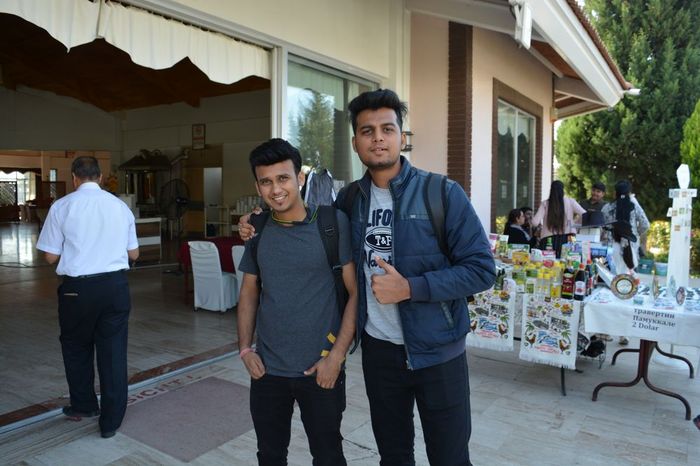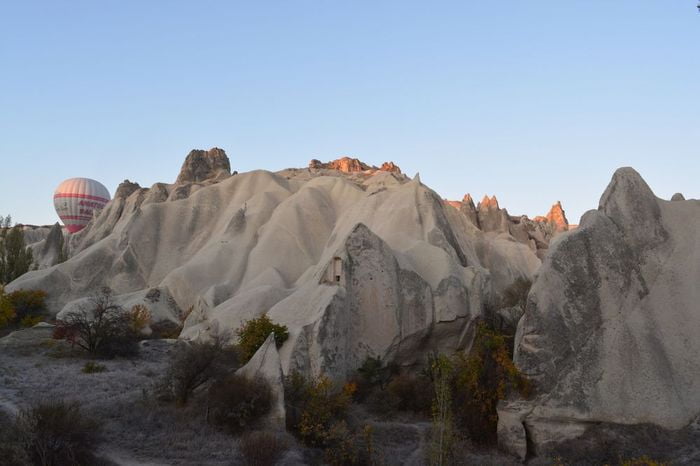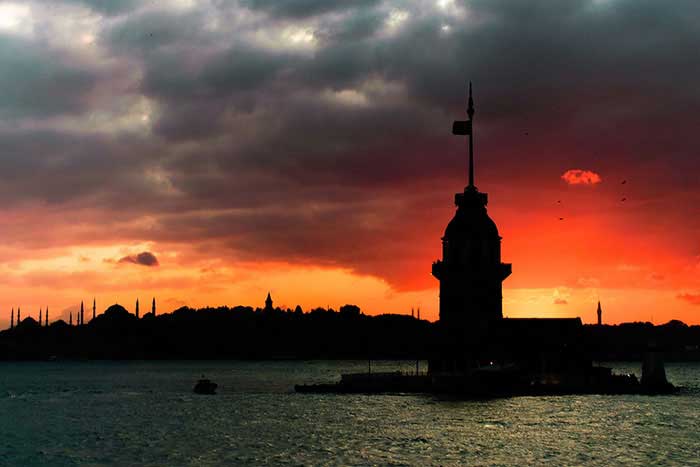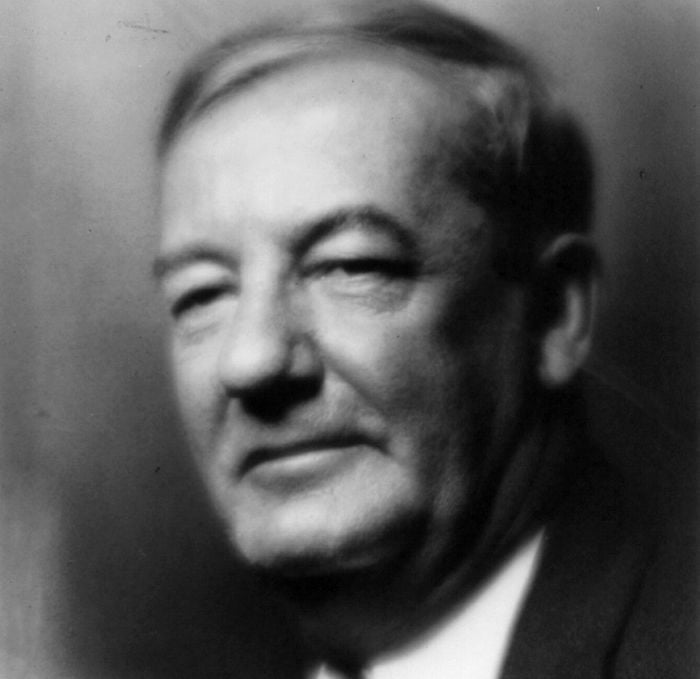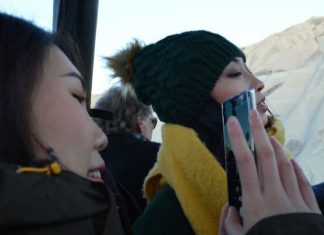Epiphanius of Salamis (d. 403) tore down a curtain in a church in Palestine because it had a picture of Christ or a saint. The Arian Philostorgius (fifth century) too was a forerunner of the Iconoclasts (Hist. Eccl., II, 12; VII, 3), as also the Bishop of Marseilles (Serenus), to whom St. Gregory the Great wrote his defence of pictures (see above). Lastly we may mention that in at least one province of the Church (Central Syria) Christian art developed to great perfection while it systematically rejected all representation of the human figure. These exceptions are few compared with the steadily increasing influence of images and their worship all over Christendom, but they serve to show that the holy icons did not win their place entirely without opposition, and they represent a thin stream of opposition as the antecedent of the virulent Iconoclasm of the eighth century.
After the storm of the eighth and ninth centuries (see ICONOCLASM), the Church throughout the world settled down again in secure possession of her images. Since their triumphant return on the Feast of Orthodoxy in 842, their position has not again been questioned by any of the old Churches. Only now the situation has become more clearly defined. The Seventh General Council (Nicaea II, 787) had laid down the principles, established the theological basis, restrained the abuses of image-worship. That council was accepted by the great Church of the five patriarchates as equal to the other six. Without accepting its decrees no one could be a member of that church, no one can today be Catholic or Orthodox. Images and their cult had become an integral part of the Faith Iconoclasm was now definitely a heresy condemned by the Church as much as Arianism or Nestorianism.
Great Schism of the ninth and eleventh centuries
The situation was not changed by the Great Schism of the ninth and eleventh centuries. Both sides still maintain the same principles in this matter; both equally revere as an oecumenical synod the last council in which they met in unison before the final calamity. The Orthodox agree to all that Catholics say (see next Paragraph) as to the principle of venerating images. So do the old. Eastern schismatical Churches. Although they broke away long before Iconoclasm and Nicaea II they took with them then the principles we maintain — sufficient evidence that those principles were not new in 787. Nestorians, Armenians, Jacobites, Copts, and Abyssinians fill their churches with holy icons, bow to them, incense them, kiss them, just as do the Orthodox.
Read More about Memnon the Philosopher or Human Wisdom part 4
